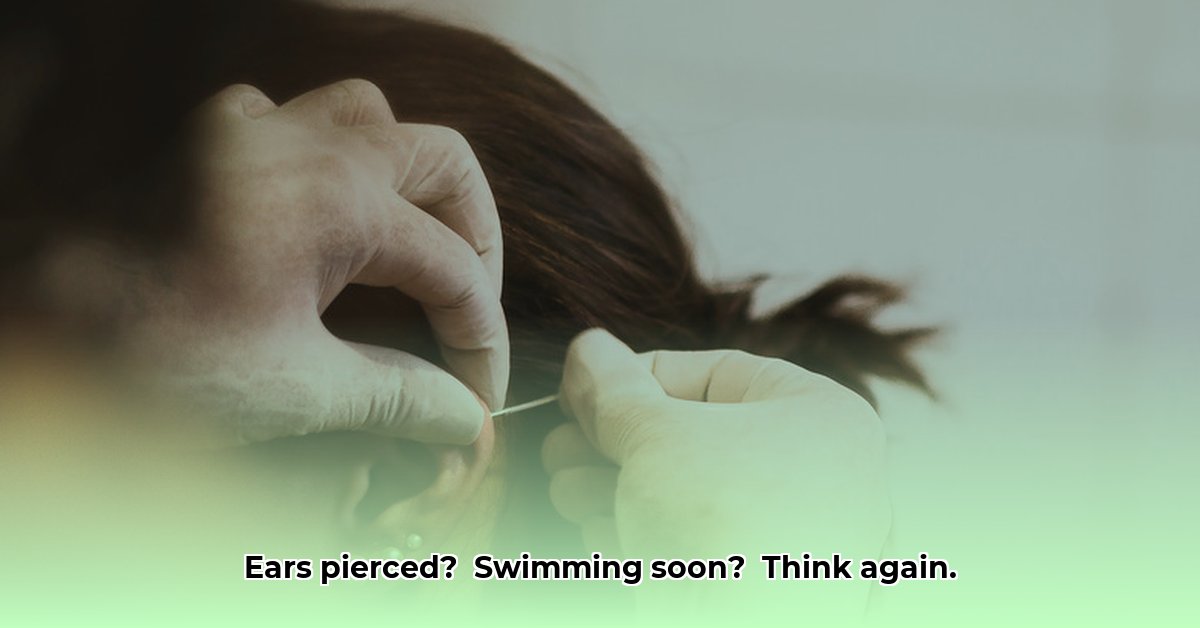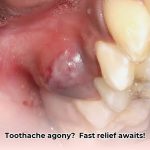Getting your ears pierced is exciting, but before you cannonball into the water, it’s important to understand how to care for your new piercings. Swimming too soon can lead to complications. This guide provides essential information on healing times, risks, and aftercare to ensure your piercings heal safely and beautifully.
Why Waiting is Crucial
Imagine your new piercing as a tiny, open wound. Submerging it in water, especially from pools, lakes, or oceans, exposes it to bacteria and other microorganisms, increasing the risk of infection. Even chlorinated water can irritate and dry out a fresh piercing, hindering the healing process.
Infection Risks: What You Need to Know
Infection is a common concern with new piercings. Signs include redness, swelling, pain, warmth around the piercing site, and yellowish or greenish pus. In severe cases, a fever may develop. Prompt medical attention is crucial if you suspect an infection.
Healing Timelines: Patience is Key
Healing times vary depending on the piercing type and individual factors. Earlobe piercings typically heal faster (6-8 weeks) than cartilage piercings (3 months to a year or more). Rushing the process can prolong discomfort and increase the risk of complications.
| Piercing Type | Minimum Healing Time | Swimming Wait Time |
|---|---|---|
| Earlobe | 6-8 weeks | 4-6 weeks |
| Cartilage (Helix, Tragus, etc.) | 3-12 months | 3-6 months (or longer) |
| Navel | 6 months to 1 year | 6 months to 1 year (consult your piercer regarding waterproof bandages) |
| Facial (Lip, Nose) | 2-4 weeks to several months | Consult your piercer as these areas are subject to more frequent movement and moisture |
Note: These are general guidelines. Consult your piercer for personalized advice.
Aftercare Best Practices: Your Guide to Healthy Healing
Proper aftercare is essential for a smooth healing process. Here’s a step-by-step guide:
- Wash Your Hands: Thoroughly wash your hands with soap and water before touching your piercing.
- Cleanse the Area: Gently cleanse the area around the piercing twice daily with a sterile saline solution as directed by your piercer. Avoid harsh soaps or antiseptics.
- Rinse After Swimming: If you must swim before your piercing is fully healed (after consulting your piercer), rinse your ears thoroughly with clean water immediately afterward, followed by saline cleaning.
- Hands Off: Avoid touching, twisting, or turning the jewelry.
- Dry Carefully: Pat the area dry with a clean, disposable paper product.
Waterproof Bandages: Pros and Cons
While waterproof bandages can offer some protection, they also have the potential to trap moisture, which can promote bacterial growth. Discuss the use of waterproof bandages with your piercer to determine the best approach for your specific situation.
Coping with the Wait
We understand that waiting can be frustrating, especially for water enthusiasts. To make the time pass more quickly, focus on other enjoyable activities, plan future swims, or explore new hobbies. Remember, the wait is a temporary trade-off for healthy, happy piercings.
When in Doubt, Consult Your Piercer!
Your piercer is your best resource for personalized advice. They can assess your individual healing progress, answer any questions, and address any concerns. Don’t hesitate to contact them for guidance. Ongoing research continues to refine best practices for piercing aftercare, so stay in touch with your piercer for the latest recommendations.
- Wellness Fair Ideas for Work to Boost Employee Wellbeing - December 15, 2025
- Affordable Employee Wellness Fair Ideas for Any Budget - December 14, 2025
- Employee Wellness Programs Strategically Benefit Employee Health And Retention - December 13, 2025
















